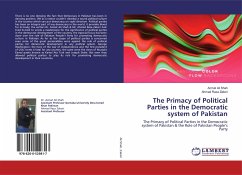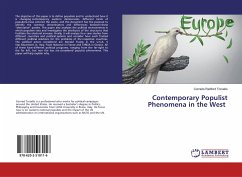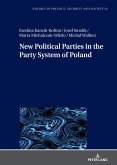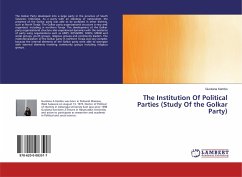The purpose of this research paper is to inquire into the roots of the electoral victory of anti-system parties, in the particular case of the German Weimar republic (1918-1933). The anti-system right, represented by the DNVP, build up a strong constituency opposed to the democratic parliamentarian system in the 1920s, which was gradually taken over by the NSDAP after 1930, and the system was further unbalanced by a strong anti-system left, the KPD. The path towards an authoritarian regime was already set by 1930 with the establishment of the presidential cabinets. Subsequently, the Nazis capitalized on their campaigning with efficient propaganda and electoral techniques, and took over the previous rightist base of support, overwhelming the moderate right and center and eventually gaining absolute power. This paper researches the composition and support for the anti-system parties and the electoral basis that gave them a majority of votes in early 1930s, and also outlines the social basis of these constituencies, to shows how social and political factors contributed to the building up of mass followership for such non-democratic movements.
Bitte wählen Sie Ihr Anliegen aus.
Rechnungen
Retourenschein anfordern
Bestellstatus
Storno








